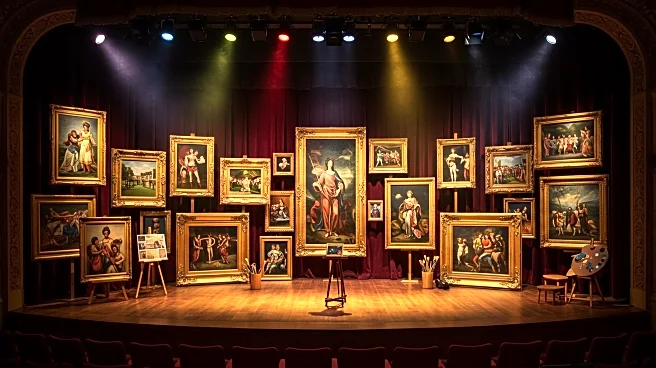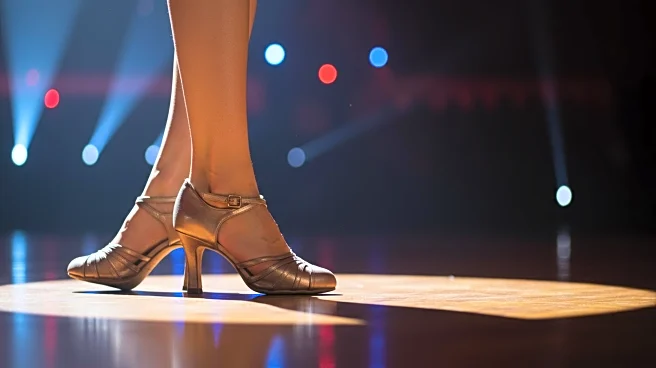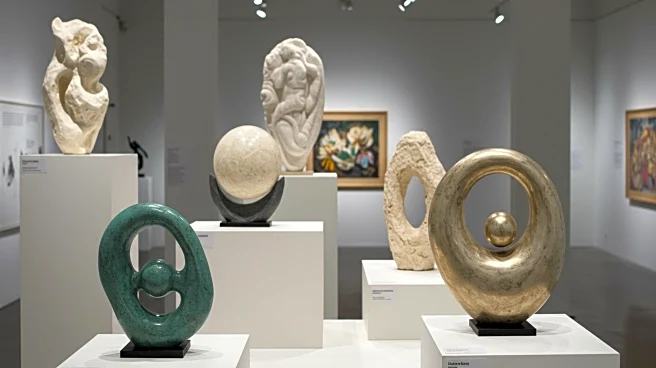What's Happening?
The Pageant of the Masters, a renowned living picture production, is captivating audiences with its unique blend of art and theater. Directed by Diane Challis Davy, the show features a collective of staff and volunteers who recreate famous artworks on stage, using skillful staging and lighting to bring these pieces to life. This year's theme, 'Gold Coast: Treasures of California,' highlights artworks from various Californian institutions, offering a site-centric experience. The production, which includes a research committee of over 150 people, aims to educate audiences about art history in an engaging manner. Narrator Richard Doyle and scriptwriter Dan Duling emphasize the educational aspect, encouraging viewers to explore art beyond the show.
Why It's Important?
The Pageant of the Masters serves as a cultural bridge, making art history accessible and engaging to a broad audience. By integrating theatrical elements with educational content, the pageant not only entertains but also informs, potentially inspiring attendees to further explore art and history. This approach can enhance public appreciation for the arts and support cultural literacy. The involvement of a large volunteer base and a research committee underscores the community's role in preserving and promoting art, highlighting the importance of collective efforts in cultural education.
What's Next?
The Pageant of the Masters continues to evolve, with future shows likely to explore new themes and artworks. The research committee will play a crucial role in selecting pieces for upcoming productions, with a show-and-tell event scheduled for September 11. This event allows community members to pitch artworks for inclusion, fostering a sense of ownership and participation. As the pageant prepares for its next season, it will continue to refine its blend of art and theater, aiming to maintain its reputation as a unique cultural event.
Beyond the Headlines
The Pageant of the Masters not only entertains but also challenges traditional perceptions of art appreciation. By transforming static artworks into dynamic performances, it invites audiences to experience art in a new way, potentially influencing how art is presented and consumed in other contexts. This innovative approach could inspire similar initiatives in other cultural institutions, promoting a more interactive and immersive experience of art.












